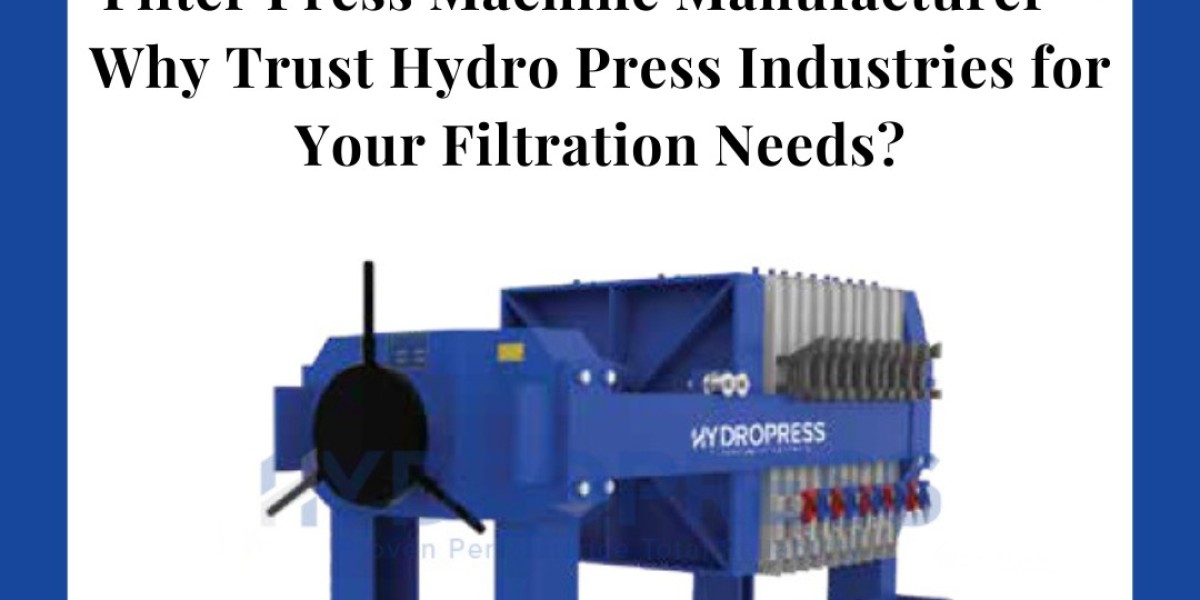Metal grinding is an essential process in industries such as manufacturing, construction, and automotive repair. However, despite its necessity, it poses significant risks when performed without proper safety measures. One of the most critical precautions is the use of fire-resistant shields, which prevent sparks and molten metal from causing fires or injuries. Understanding workplace safety through an OSHA Course can help workers and employers implement proper shielding techniques, ensuring compliance with industry standards and reducing the likelihood of hazardous incidents.
The absence of fire-resistant barriers increases the probability of uncontrolled fires, severe burns, and respiratory issues caused by airborne metal dust. In addition to physical dangers, neglecting protective measures can lead to costly equipment damage, legal consequences, and operational downtime. Prioritizing fire-resistant shielding is not just about compliance—it is a fundamental practice that safeguards personnel, enhances productivity, and protects businesses from liability.
Escalating Fire Hazards in Unprotected Workspaces
Grinding metal generates a continuous stream of high-temperature sparks, often exceeding temperatures of 1,800°F (980°C). Without fire-resistant shields, these sparks can easily ignite flammable materials such as wood, paper, or volatile chemicals commonly found in industrial settings. The lack of protective barriers allows sparks to spread uncontrollably, turning minor incidents into major workplace disasters.
Facilities that handle combustible dust, vapors, or gases are particularly vulnerable. When these elements interact with grinding sparks, they can create explosive conditions, posing a significant threat to workers and infrastructure. A single spark in an unprotected area can result in large-scale fires or even catastrophic explosions, leading to severe financial losses and potential casualties.
Health Risks Associated with Exposure to Grinding Sparks
The risks of grinding metal without fire-resistant shields extend beyond fire hazards. The intense friction and high-speed abrasions produce molten metal particles that can cause serious burns upon contact with the skin. These burns may range from mild surface injuries to deep tissue damage, depending on the intensity and duration of exposure.
Additionally, metal grinding produces fine airborne dust that, when inhaled, can lead to respiratory complications. Prolonged exposure to metal fumes has been linked to conditions such as occupational asthma, lung irritation, and long-term pulmonary diseases. Unprotected workers are also at risk of eye injuries, as high-velocity sparks and tiny metal fragments can cause corneal abrasions, leading to temporary or permanent vision impairment.
Compromising Equipment and Facility Safety
Grinding without fire-resistant shields does not only endanger personnel—it also poses a serious risk to machinery and infrastructure. Sparks can embed themselves in sensitive electronic components, power cables, or unprotected surfaces, leading to malfunctions and potential fire hazards.
In poorly ventilated areas, accumulated grinding dust and airborne particles can settle on machinery, increasing the risk of equipment failure and electrical fires. Over time, these hidden ignition points can weaken structural integrity, degrade work surfaces, and compromise overall facility safety. The long-term damage caused by neglecting protective shielding can result in costly repairs and unplanned downtime, disrupting business operations.
Legal and Regulatory Consequences of Safety Violations
Workplace safety laws strictly enforce fire prevention measures, particularly in high-risk activities such as metal grinding. Regulatory organizations like the Occupational Safety and Health Administration (OSHA) mandate the use of fire-resistant shields and other protective barriers to minimize hazards.
Non-compliance with these safety regulations can lead to severe legal repercussions, including hefty fines, operational shutdowns, and liability lawsuits. Insurance companies also assess workplace safety standards, and businesses with a history of safety violations may face increased premiums or denied coverage. Implementing fire-resistant shielding is not just about avoiding penalties—it is a proactive strategy to protect employees, maintain business continuity, and reduce financial liabilities.
Enhancing Productivity Through Safer Grinding Practices
A well-protected workspace with fire-resistant shields significantly improves efficiency and workflow. When employees feel safe, they can perform tasks with greater focus and confidence, reducing hesitation and human error. Minimizing workplace hazards prevents unexpected disruptions, ensuring that projects stay on schedule and within budget.
Moreover, prioritizing safety fosters a positive work environment where employees feel valued and protected. Companies that invest in proper shielding and safety measures experience lower accident rates, improved morale, and higher overall job satisfaction. By integrating fire-resistant shields into standard operating procedures, businesses can sustain long-term productivity while upholding the highest safety standards.
Explore now OSHA in Pakistan
Conclusion
Grinding metal without fire-resistant shields is a dangerous practice that carries severe consequences. From heightened fire risks and workplace injuries to legal liabilities and equipment damage, neglecting proper protective barriers exposes businesses and employees to unnecessary dangers. Implementing fire-resistant shielding is not just a regulatory requirement it is a critical investment in safety, operational efficiency, and long-term business sustainability.
By adopting proactive safety measures and ensuring compliance with industry standards, companies can create a secure and productive work environment. The strategic use of fire-resistant shields minimizes risks, enhances workflow efficiency, and protects both personnel and assets from preventable hazards.







